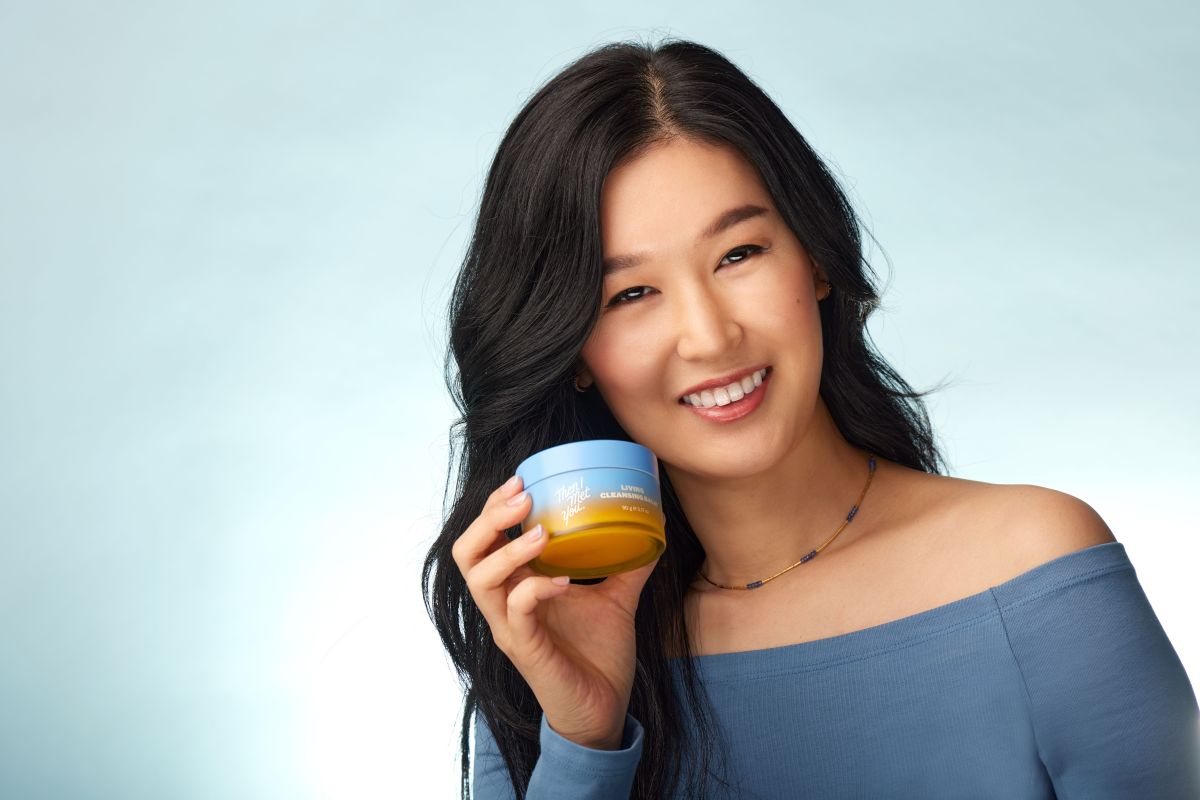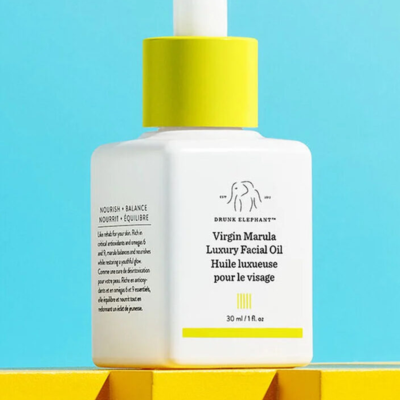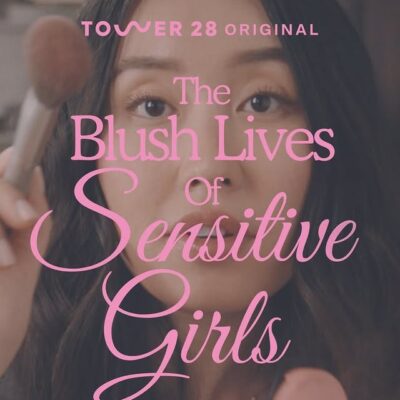
Soko Glam Co-Founder Charlotte Cho’s Brand Then I Met You Enters Sephora US After Launching At The Retailer In Asia
After rolling out across Sephora stores in Singapore, Malaysia, Thailand, Hong Kong and the Philippines, Then I Met You has landed online at the beauty specialty chain in the United States, an atypical route for a brand born in the United States.
“Everyone told me, ‘It’s all about the U.S., you have to be large in the U.S., grow with a large big-box retailer in the U.S., then the next step is to go to other retailers abroad,’” says Charlotte Cho, who founded Then I Met You and Soko Glam with her husband Dave. “But we didn’t really follow that path, and I think it worked for us because of our unique background, our unique story, our community and organic grassroots approach that we’ve taken over the years.”
After picking up on data showing demand from consumers in Asian countries, Then I Met You entered Sephora branches there in April. Then I Met You joined Sephora’s online assortment in the U.S. at the start of this month. According to Dave, it’s the fastest Sephora has ever launched a skincare brand. In March 2025, it’s slated to be available at an undisclosed number of Sephora doors stateside.
When Then I Met You hit the market in 2018, industry sources cited by the publication Women’s Wear Daily projected the brand would generate $35 million in first-year revenue. According to Charlotte, the brand currently has a 77% customer repeat rate. Its retail sales are on track to triple in the next 12 months.
On Sephora’s U.S. website, Then I Met You sells $39 Living Cleansing Balm Makeup Remover, $46 Bong² Bounce Cream Moisturizer, $53 The Giving Essence, $38 Pore Purifying Soothing Cleansing Gel, $36 Essence Light Sunscreen, $24 Honey Dew Hydrating and Exfoliating Lip Mask and $60 Renewing Rich Deep Hydration Cream. In addition, the brand offers an exclusive $29 travel-size kit of its bestselling Living Cleansing Balm and Bounce Cream.

Charlotte’s connection with Sephora predates Then I Met You. In 2016, she helped develop a K-Beauty selection that was in its stores for over a year. Once self-funded Then I Met You was out two years later, retailers abound came knocking, but the Chos felt like they needed more time. Charlotte says, “We were just beginning our journey, we wanted to go narrow and deep and we wanted to tell a story and get community feedback on the products that we initially launched.” Dave adds, “It took some time for us to really feel like the market is ready for us.”
Six years and 12 full-time employees later, the pair feel more prepared. And with K-Beauty experiencing a resurgence, the Chos believe it’s the perfect moment for Then I Met You to be at Sephora. According to NielsenIQ, K-Beauty has seen a 45.9% year-over-year sales growth spike in the U.S. to reach $917.6 million in sales. The market research firm estimates K-Beauty consumers spend $270 more per year on beauty products than average consumers. Market research firm Straits Research estimates global K-Beauty sales at $12.54 billion in 2023 and projects they will advance at a compound annual growth rate of 8.43% to almost $26 billion in 2032.
Dave and Charlotte established Soko Glam, an e-tailer primarily selling K-Beauty products, in Seoul in 2012 and relocated to New York City in 2013. In 2017, the Chos raised $2 million in seed funding for Soko Glam. Today, Charlotte says Soko Glam is the biggest K-Beauty retailer in the U.S. Its core business is curation, and it sells nearly 110 brands. A few of its bestselling brands are Iope, I’m From, Hanskin, The Klog and Neogen. In 2021, Soko Glam extended beyond K-Beauty to brands such as Dieux Skin, Good Light and Naturium.
“It took some time for us to really feel like the market is ready for us.”
In vetting brands for Soko Glam, Charlotte scours formulations and ingredient lists. The e-tailer tests every single product to see if it suits various skin concerns and types. Charlotte says, “For sunscreen products, we proactively ask for independent third-party lab data to verify the SPF data. Also, because we are brand builders, to be curated on Soko Glam, we also look at price stability across all channels to ensure the brand cares about brand equity.”
Then I Met You began with two cleansers, Living Cleansing Balm and Soothing Cleansing Gel, in a nod to the double cleansing method that sparked Charlotte’s love for K-Beauty. A licensed aesthetician, she wanted to create a sensorial, elevated version of K-Beauty with Then I Met You. “My philosophy behind the line is merging gentle, innovative, Korean ingredients with potent actives,” she says.
Then I Met You didn’t do paid marketing for its first four years in business, preferring instead to build an organic community. Early on, it sent around 50 packages to influencers once or twice a year. Now, it sends roughly 500 packages a month to influencers and has worked with about 50 paid influencers in the past year. In-person sampling has been an important marketing tool for Then I Met You. The Chos took the brand to the South by Southwest conference in March this year to sample its products and get it in front of a new audience.

Following Then I Met You’s debut at Sephora in Asia, the brand launched at SpaceNK in the United Kingdom in August. It’s full line is currently in 33 doors and its minis are in 77. The brand has already overshot its SpaceNK sales forecast by 25% and its product Living Cleansing Balm is the top five cleanser in SpaceNK’s assortment. Since partnering with SpaceNK, searches for Korean skincare increased 150% on SpaceNK’s site. Charlotte told WWD in August that Soko Glam’s site traffic has increased 69% from January.
As retailers respond to the latest K-Beauty wave, they’ve approached the Chos to guide their K-Beauty curation once again. The duo points out, though, that there are challenges to putting together a K-Beauty curation today. Charlotte mentions brands aren’t always focused on brand equity and often pop up at discount retailers chasing sales.
“The first K-Beauty wave was all about awareness: What is the 10-step routine? What’s an essence? A sheet mask?” she says. “Now, you’re hearing, oh, this sunscreen is selling a million units on Amazon.” Dave chimes in, “Brands really have to think about the long-term strategy instead of the short-term revenue gain, otherwise their day will come and go.”





Leave a Reply
You must be logged in to post a comment.